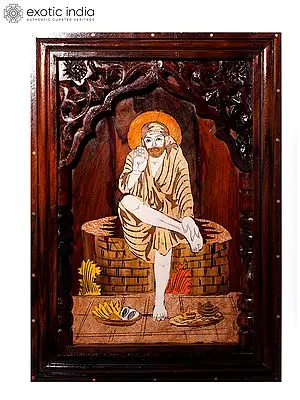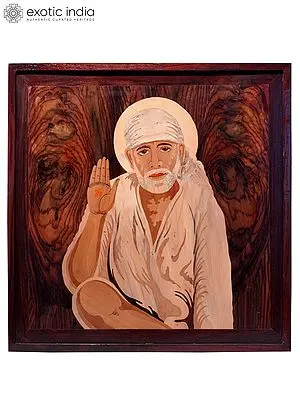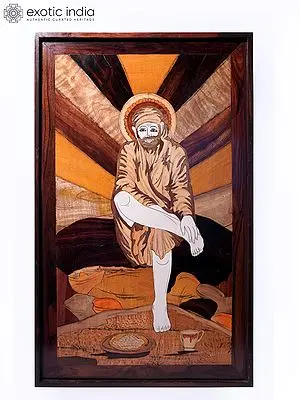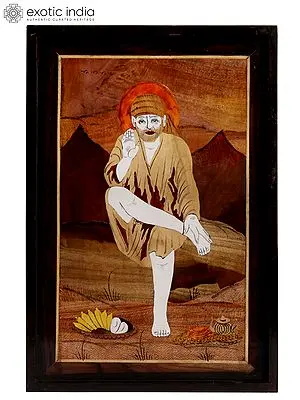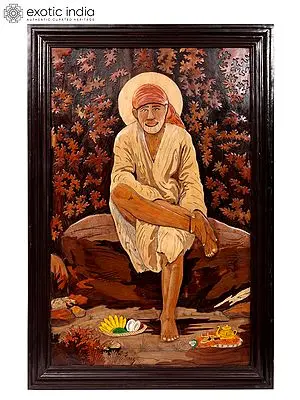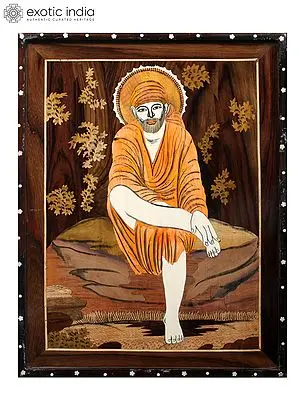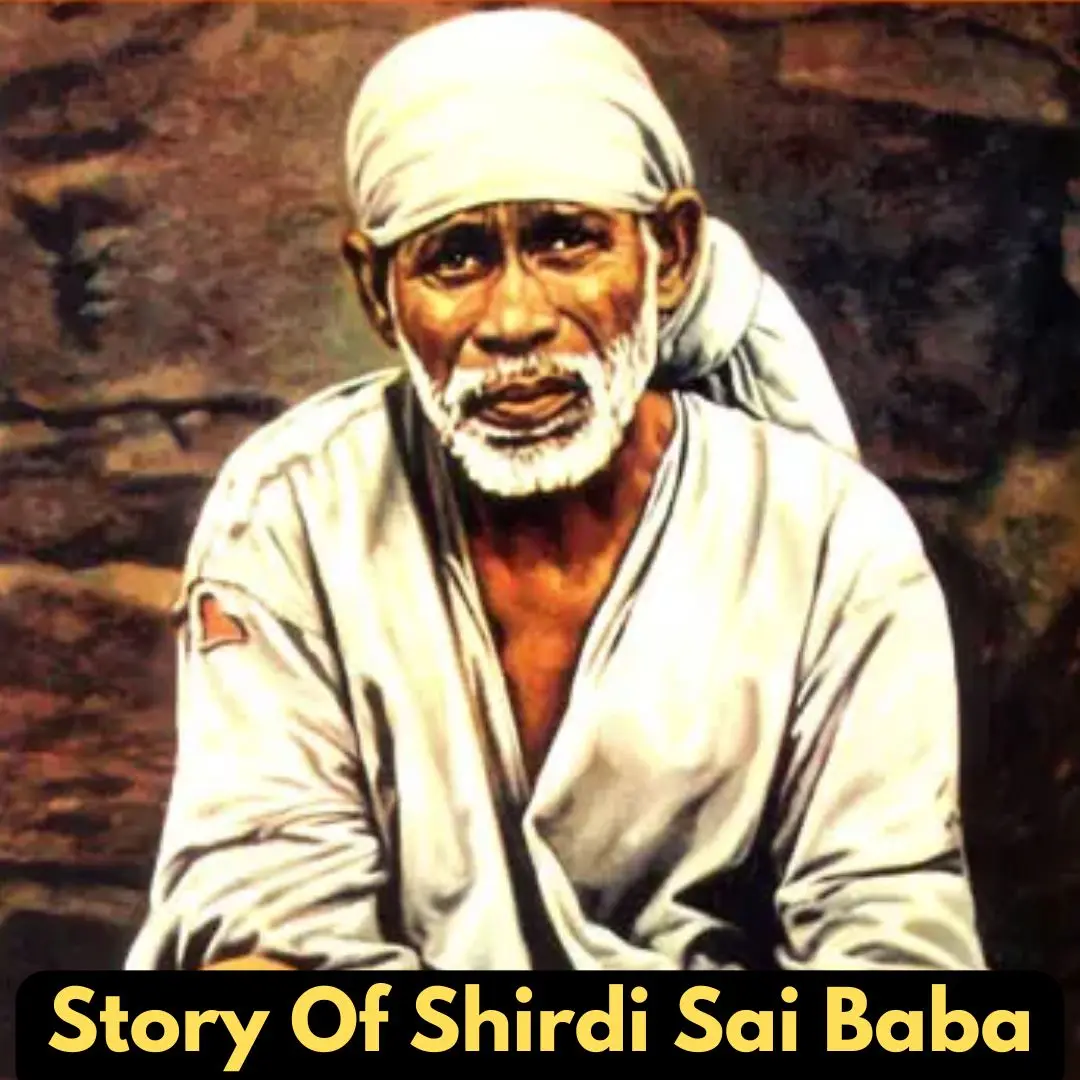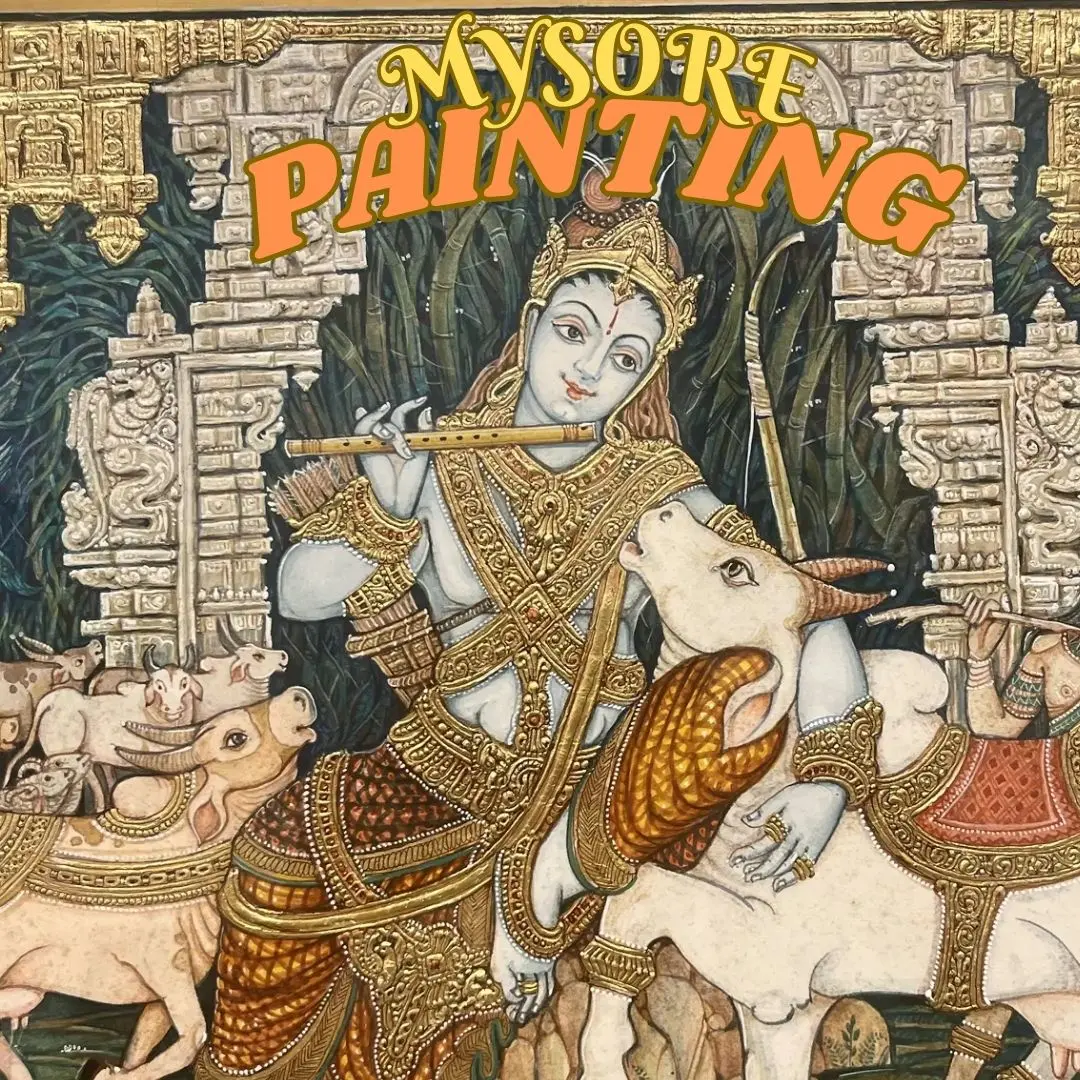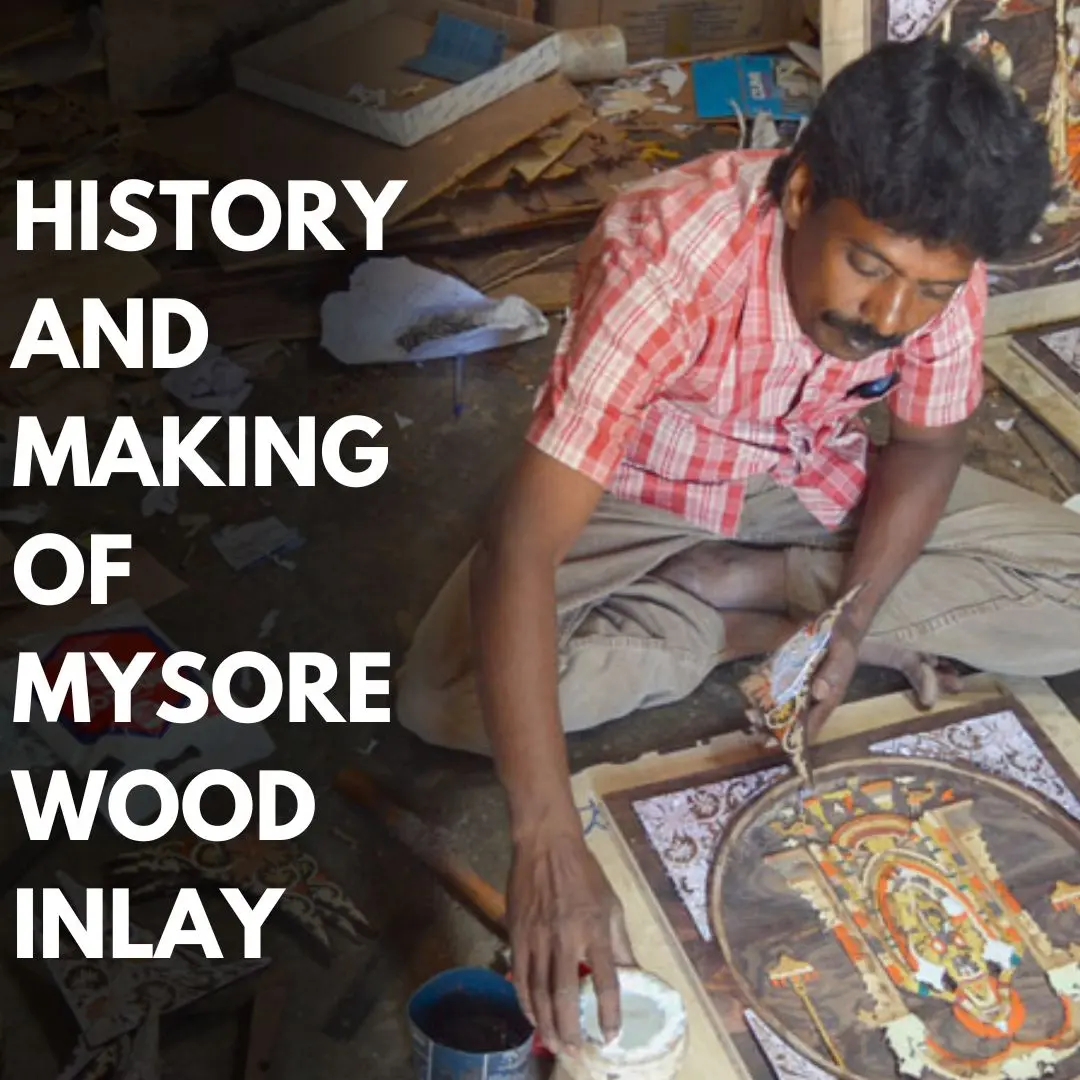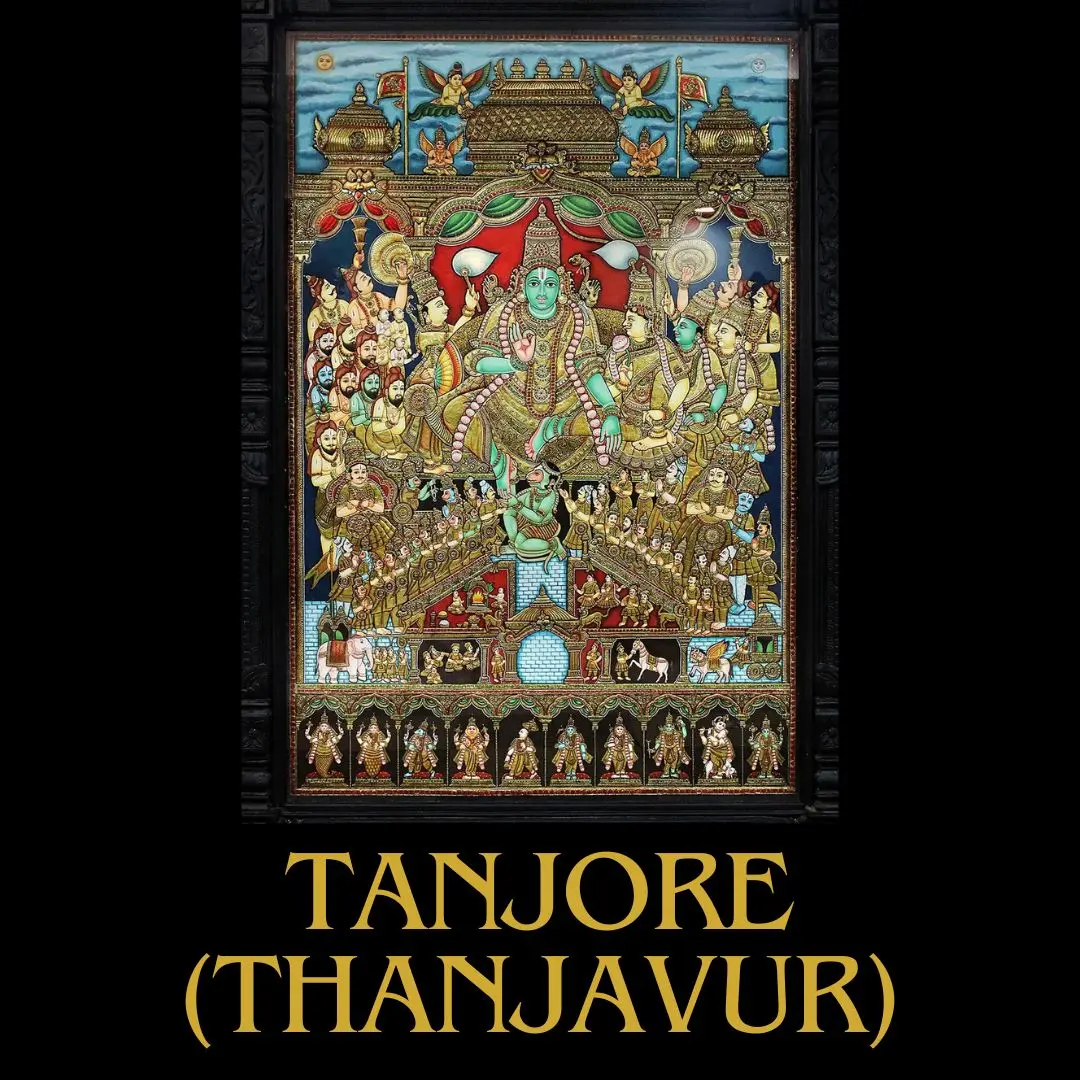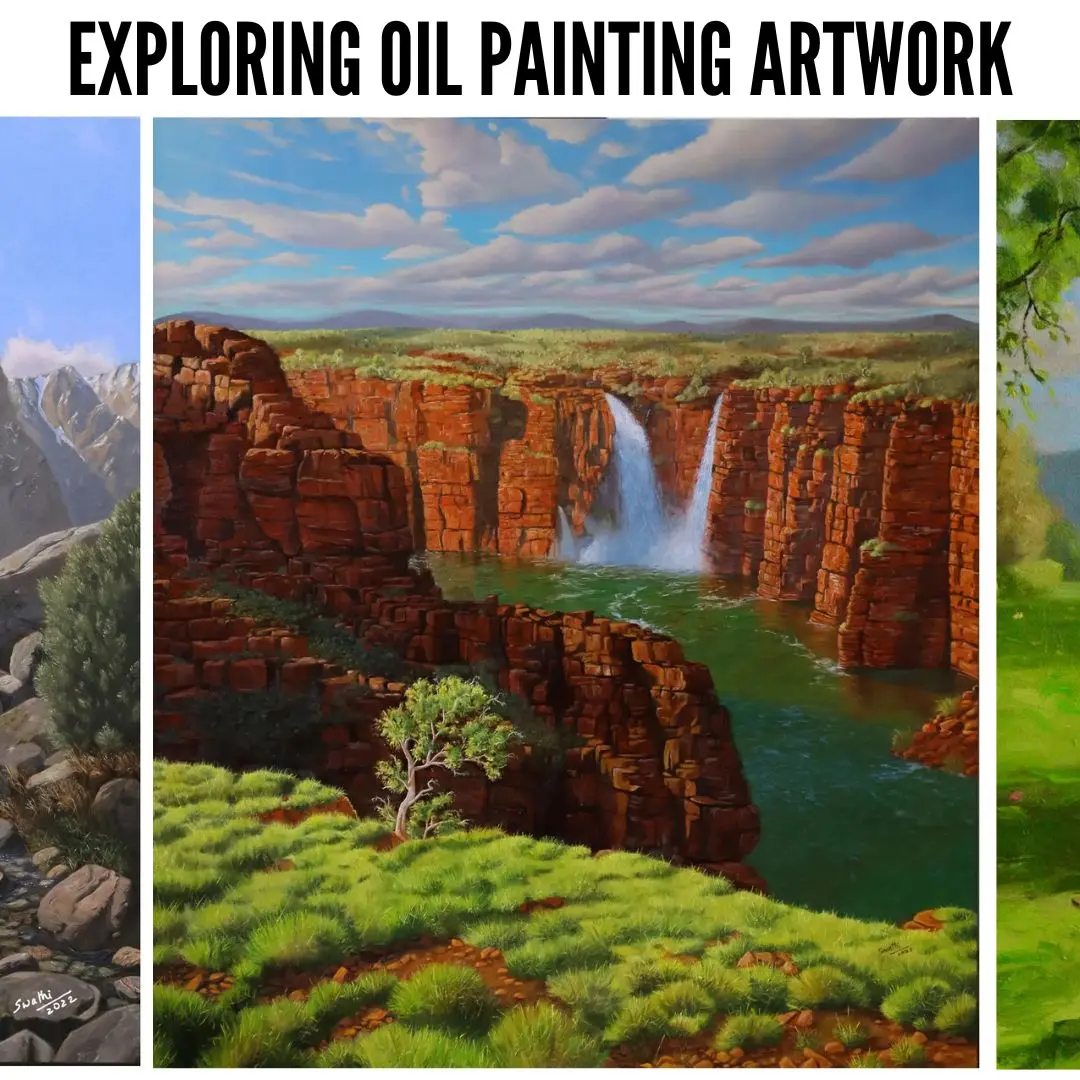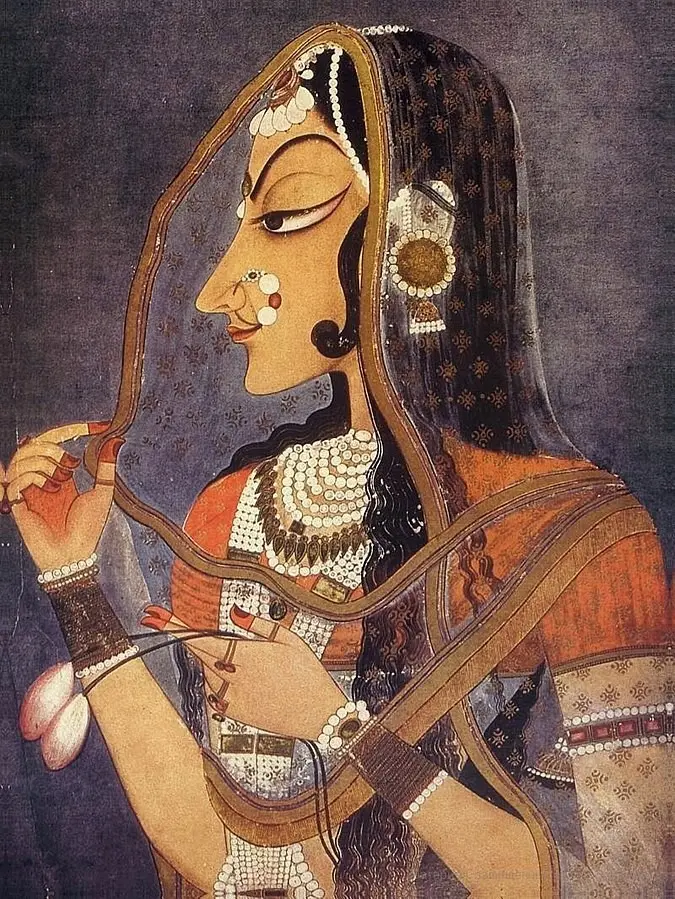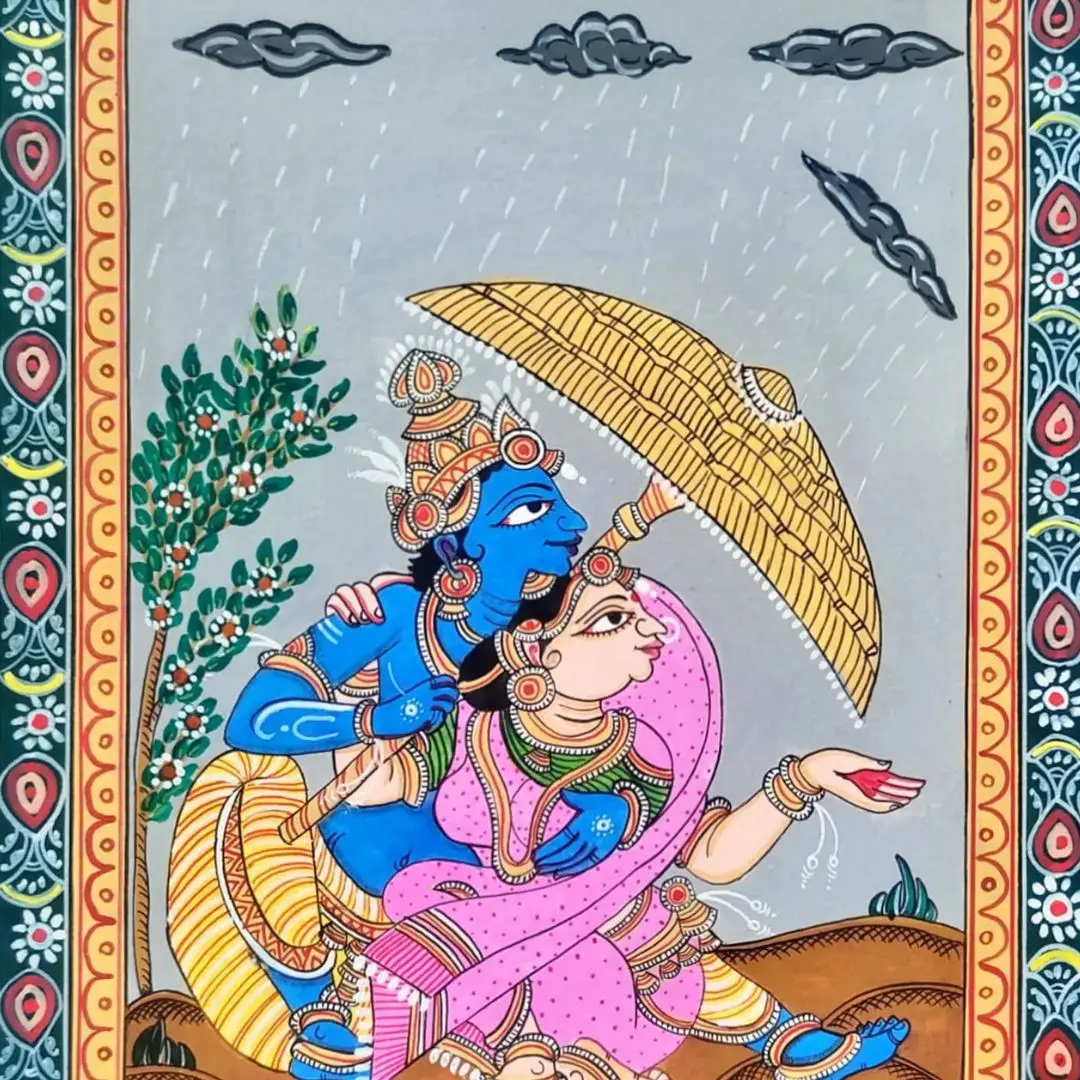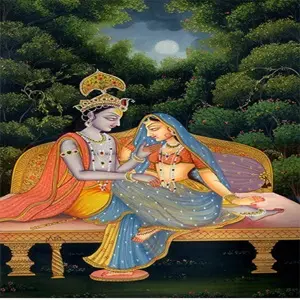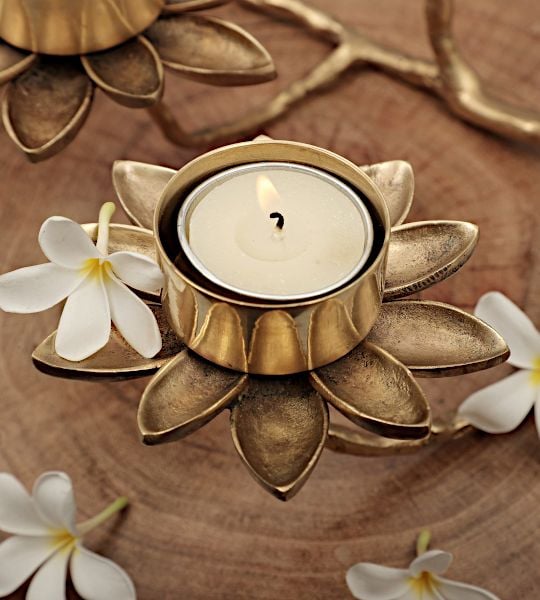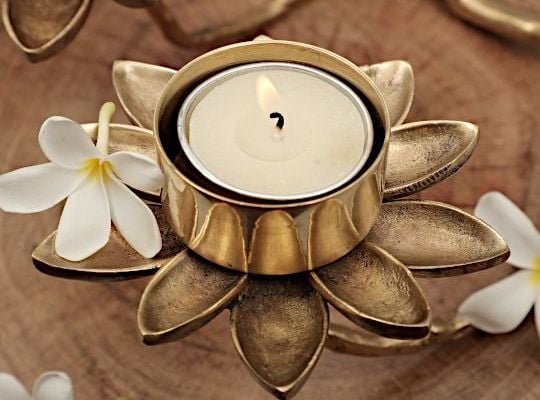Showing 1 to 6 of 6 results
Showing 1 to 6 of 6 results
Filter
18 inch Height X 12 inch Width X 2 inch Length
CA$221
FREE Delivery
19 inch Height X 19 inch Width X 1 inch Length
CA$536
FREE Delivery
31 inch Height X 19 inch Width X 1 inch Length
CA$464
FREE Delivery
18 inch Height X 13 inch Width X 1 inch Length
CA$179
FREE Delivery
36 inch Height X 24 inch Width 2 inch Length
CA$2215
FREE Delivery
24 inch Height X 18 inch Width X 1 inch Length
CA$357
FREE Delivery
Filter
Filter by Material
Filter by Size
Filter
Filter by Material
Filter by Size
